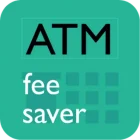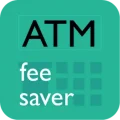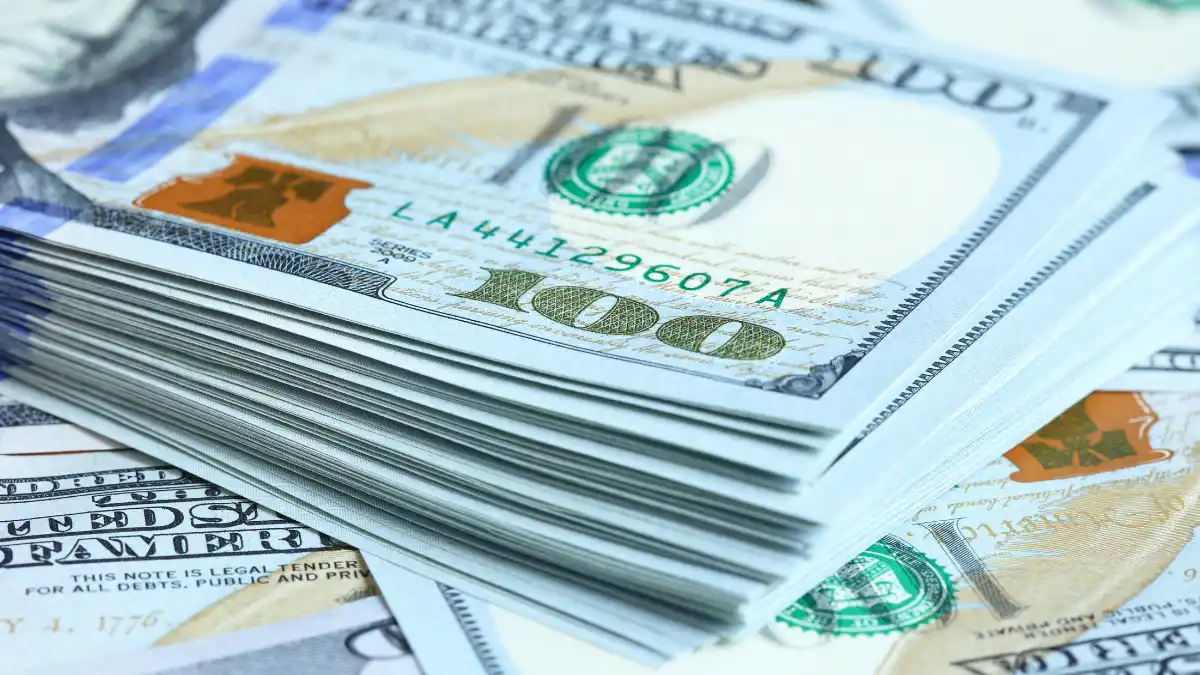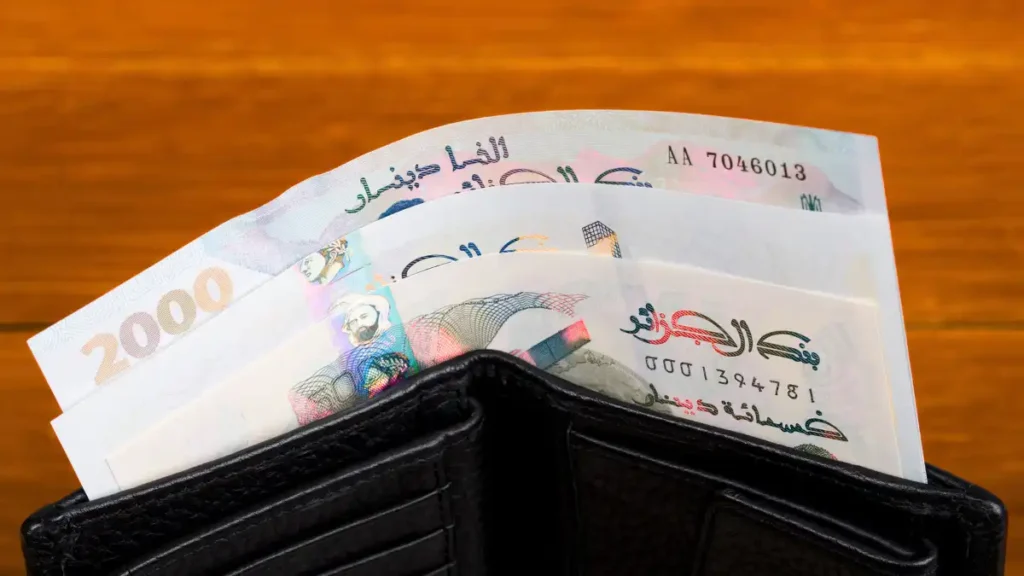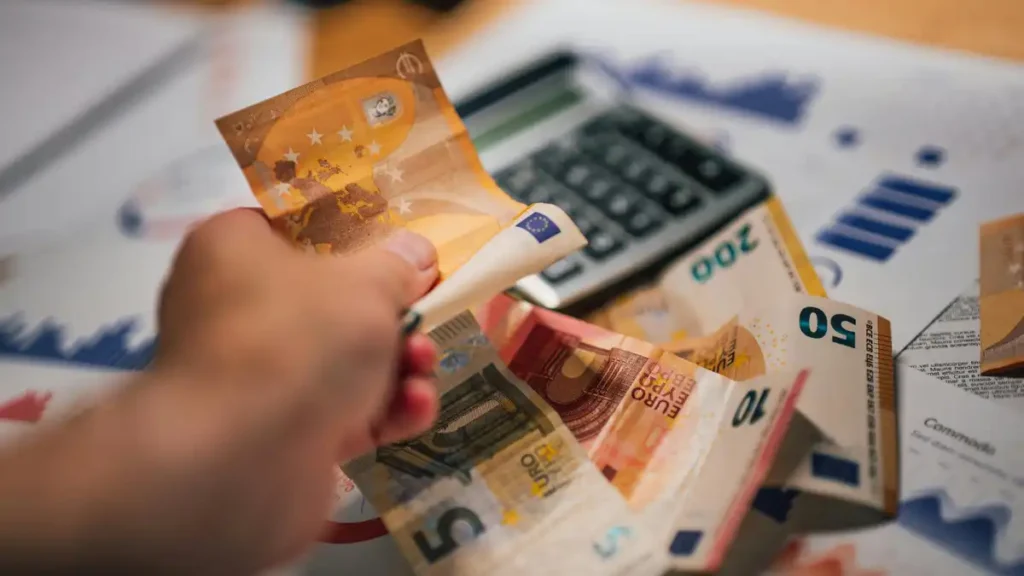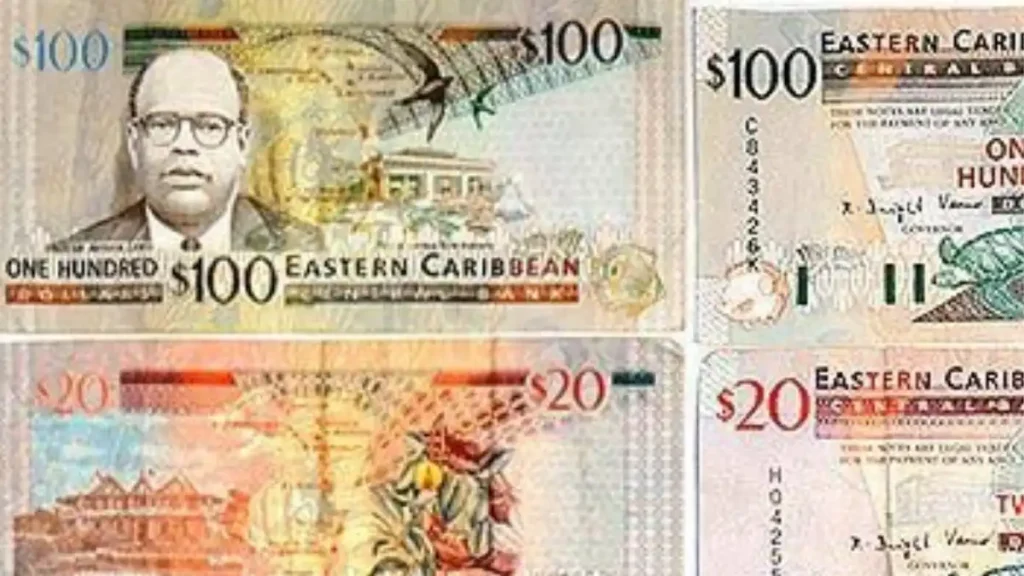The United States is one of the world’s most card-friendly countries, but understanding how money in the US works can still save you time, fees, and confusion. The US Dollar (USD) is the official currency, and digital payments are widely accepted-from hotels and taxis to vending machines and food trucks. That said, cash still plays a role, especially for tips, small transactions, and certain local businesses. ATMs are everywhere, but foreign cards can incur fees, and cash exchanges at airports or hotels usually come with poor rates. This guide helps you manage currency in the US wisely-covering how to withdraw or exchange dollars, when you’ll need cash, and how to avoid hidden charges.
How to pay in the US – cash or card?
The US easily accepts credit and debit cards as well as cash, though tourists and locals use cards for many transactions nationwide. Some small businesses may require cash, especially for tips. Many tourists find electronic payments more appealing due to the widespread availability of digital payment platforms. Cash has become less common in the US for point-of-sale transactions, with only 20% of them being in cash.
You can use cash for:
- Tips and gratuities (commonly expected in cash, especially for service workers like bellhops, housekeepers, and restaurant staff)
- Street food (food trucks, stalls at fairs and events often accept both, but some may prefer cash)
- Small purchases (under $10-$20 at convenience stores, bodegas, or independent shops may have minimums for card use)
- Local expenses at grocery stores, local shops, street markets (smaller farmer’s markets or local stores may still be cash-friendly)
- Entry fees to small museums, fairs, or community-run attractions (some only accept cash at the gate)
- Laundry services (coin laundromats, especially in rural or older neighborhoods)
- Mobile SIM and phone top-up (cash accepted at many mobile kiosks or convenience stores)
- Tailoring services (especially in small towns or immigrant-run local tailors)
- Nightlife / bars (some bars offer discounts or faster service for cash payment)
- Local taxis (especially in cities like NYC where many still accept cash-though card is becoming dominant)
You can use card for:
- Budget hotels
- Hostels
- 4 and 5 star hotels
- Local tour operators
- Large tour operators
- Shopping at malls
- Shopping at street markets (most vendors now accept card or mobile payment like Square, Apple Pay)
- Entry fees to museums, historical sites, temples, etc.
- Local buses (most require a metro card or contactless, cash discouraged)
- Local taxis / App-based taxis (Uber, Lyft – app-based only)
- Airport transport (airport shuttles, express trains, ride-hailing)
- Local trains (Amtrak, metro systems – all take card)
- Local tuk-tuks (rare; more relevant in touristic spots like beach boardwalks; often take Venmo/cash)
- Small eateries / restaurants
- Sit-down restaurants
- Upscale restaurants
- Online bookings for upscale hotels, flights, tours
- Spas
- Vehicle renting (typically require credit cards, especially for security holds)
- Mobile SIM and phone top-up
- Emergency medical clinics / pharmacies (most take insurance, but card is standard for payments)
Card is king in the U.S. – most establishments accept debit/credit cards and mobile wallets like Apple Pay and Google Pay. However, tipping culture, small vendors, and laundry still make cash useful. Carry some low-denomination USD notes for flexibility.
What’s the best currency to take to the US?
The official currency of the US is the US Dollar (USD) and it is the only accepted currency in the country. It comes in the following note denominations: $1, $2, $5, $10, $20, $50, and $100.
Establishments do not accept Pounds and Euros.
So, United States Dollar is the best currency to take to the US.
Where to get the local currency in the US?
In the US, you can get the local currency in 3 ways. These are:
ATMs, or
Currency exchange
Money transfer and local pick-up
Types of cards to swipe in the US
Visa and Mastercard transactions are commonly accepted for swiping. You might also find some places that accept Amex and other cards, albeit less frequently.
Types of cards at ATMs in the US
When withdrawing money in the United States, majority of the ATMs will accept Visa, Mastercard, Cirrus, Plus, Maestro, Amex and Discover cards. Some of them may Amex, JCB and UnionPay cards but this is not common so don’t rely on it. Cards such as Diners, and Rupay will are not usually accepted by many ATMs.
Should I exchange money before travelling to the US?
Bringing a small amount of US Dollars (USD) before traveling to the United States is useful for immediate expenses like taxis, tips, and small purchases, especially upon arrival. However, most travelers can withdraw USD from ATMs in the US, which often offer better rates than currency exchanges abroad.
ATMs are abundant and accept most international cards, including Visa, Mastercard, Cirrus, and Plus. Be aware that ATMs in the US often charge a local withdrawal fee (typically $2-5 per transaction), in addition to your bank’s international fees.
If you wish to exchange currency, airport kiosks and hotel exchange desks are available but tend to offer poor rates. For better rates, use large currency exchange chains like Travelex or exchange money at major US banks, although many now offer services only to account holders.
Credit and debit cards are widely accepted across the US, including for small purchases, so you can rely heavily on cards. That said, having a bit of cash is still useful for tips, street vendors, public transport machines, or in places that impose card minimums.
Where to withdraw money in the US
The best ATMs for foreigners to use in United States are those owned by popular banks such as:
Citibank,
Chase,
Regional credit unions,
Wells Fargo,
Bank of America,
SunTruist,
Citizens Bank, and
PNC.
For a detailed guide, read Cash and ATMs in the US.
Discover fee-free and low-fee ATMs on the ATM Fee Saver mobile app for iOS and Android. This app provides ATM PINs and details of leading bank ATMs such as ATM fees and withdrawal limits for foreign cardholders at ATMs in the US. Moreover, its simple fee calculator helps you determine exact withdrawal charges. You can also find cash tips and tricks on the app for 160+ countries including the US.
Download now from the App Store or Play Store.
Where to exchange currency in the US
In the US, you can exchange currency at authorised currency exchanges, banks, airports, and hotels, the most popular being authorised currency exchanges.
In the U.S., currency exchange is available at airports, city centers, and tourist hotspots, but rates at airport kiosks tend to be the worst.
- Notable currency exchanges are:
Travelex (available at major international airports and city branches)
Currency Exchange International (CXI) – available in malls and large metro areas
AFEX and Unicambio USA
In major cities like New York, Los Angeles, Chicago, and San Francisco, you’ll find independent currency exchange offices offering better rates than banks.
- Banks Offering Currency Exchange:
Bank of America
Wells Fargo
Chase Bank
Citibank
However, not all branches offer walk-in currency exchange, and many require advance orders or account holders.
💡 Tip: The U.S. is heavily card-based. Many travelers find it more convenient to withdraw USD directly from ATMs using international debit cards, as it can be more cost-effective.
Pro-tips:
Stay away from airport exchanges – Poor rates
Avoid the black market – Be wary of being conned.
Include fresh notes – If your notes are damaged or dirty, you can expect to pay more or less.
Is carrying money in the US safe?
Yes, carrying cash is generally safe when travelling here. You should always have some cash on you since you may need it for the different purposes that were previously mentioned in the article. However, avoid needlessly carrying more cash than you need. For safety, you can follow these tips:
Some safety tips for carrying cash while travelling in the US are:
- Carry only the cash you need.
- Do not keep all the cash in one pocket or wallet.
- Put some cash in a safety belt or fanny pack.
- Do not flash your cash.
- When paying, do not remove or display your entire cash.
- Keep wallets preferably in front pockets.
- Cross-wear your purses if possible.
- Hold your purses, wallets and bags close and tight on crowded streets and in public trains and buses.
- When withdrawing cash, keep the cash low while you count it so people around don’t see it.
- If you’re dining alone, don’t leave your wallet / bag unattented while you go to the restroom.
- If sitting outdoors in a restaurant, don’t leave your wallets / bags on the table.
Is it better to use debit or credit cards or pay by cash in the US
Use a card if it is fee-free i.e. your bank does not charge any fees to swipe the card, when the merchant / POS also does not impose any extra charge to use a card, you need to use the insurance of the card, don’t want to block cash of large purchases and card’s swipe fees are lower than withdrawal fees.
Pay by cash by withdrawing cash from ATM or exchanging currency where – fees on ATM withdrawals are lesser than fees on swiping cards, you don’t want to leave any digital footprint of your expenses, it is convenient and easier to conduct transactions.
